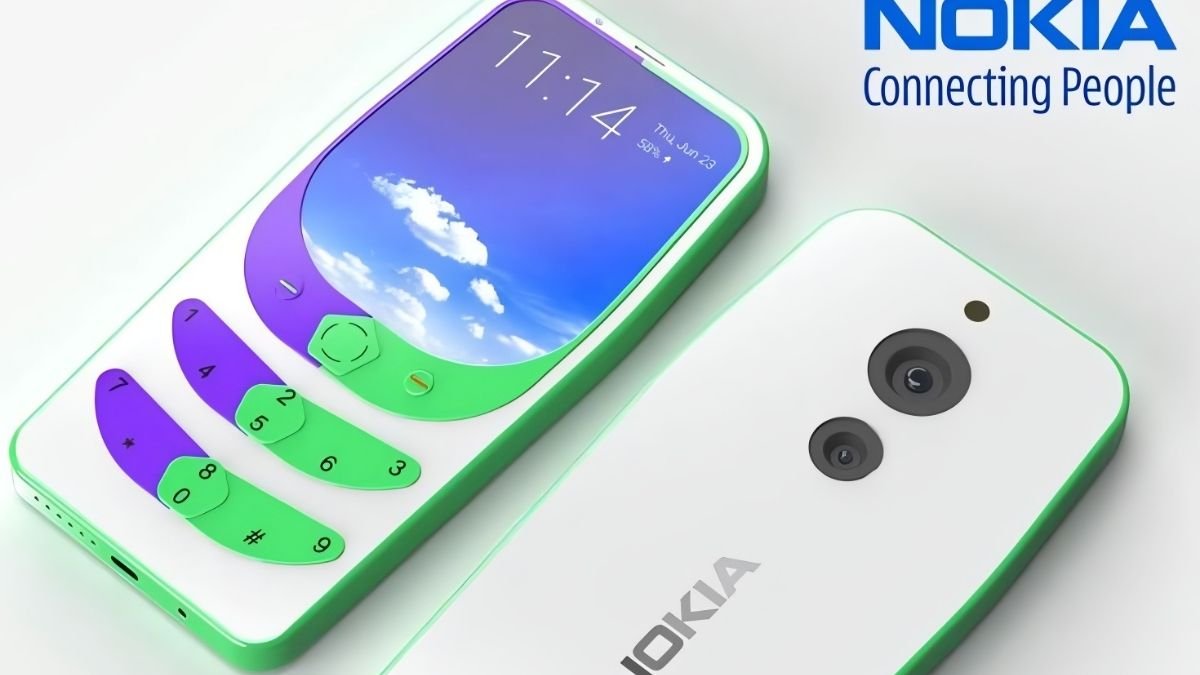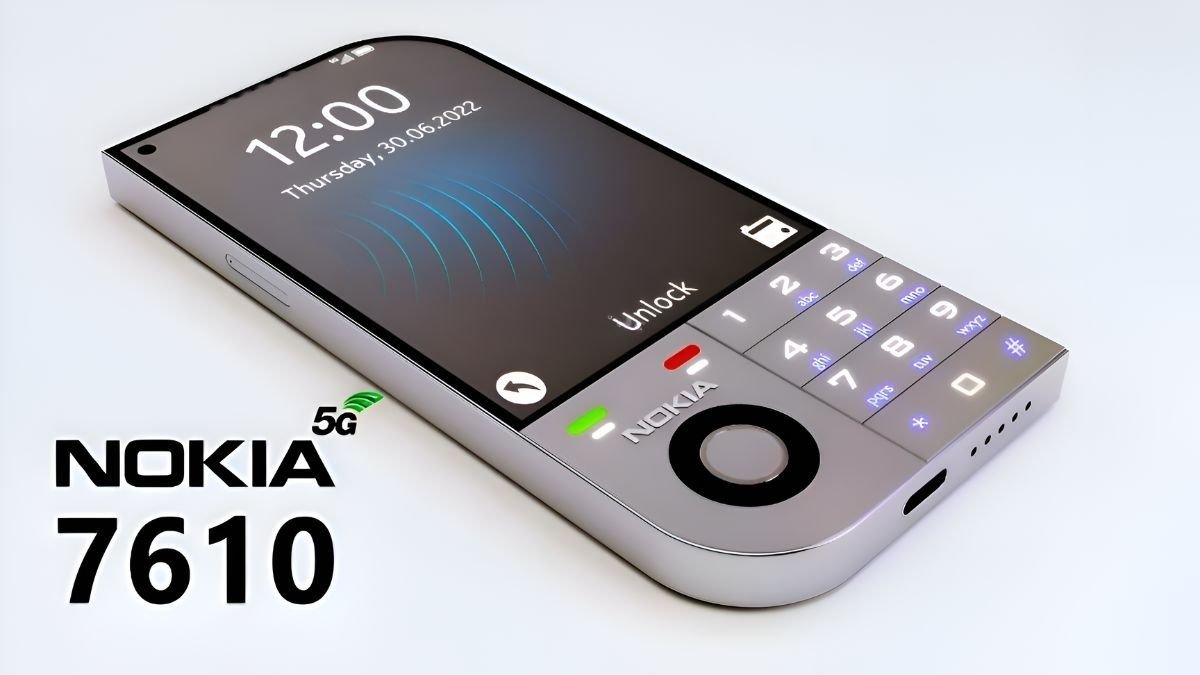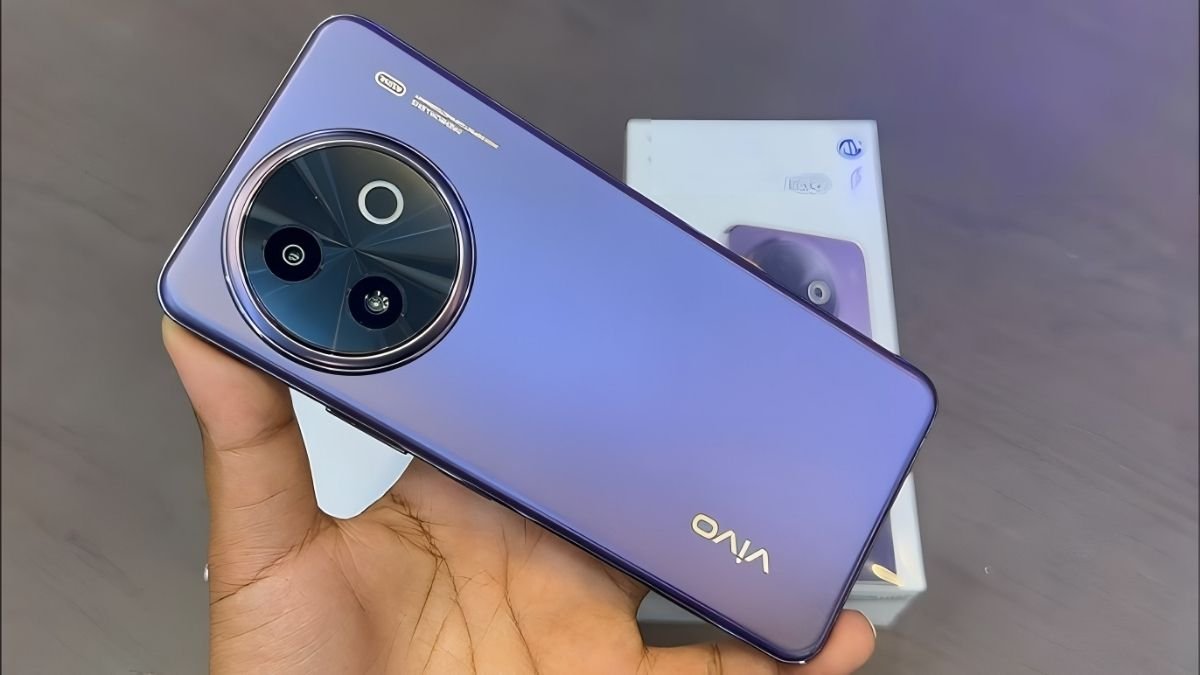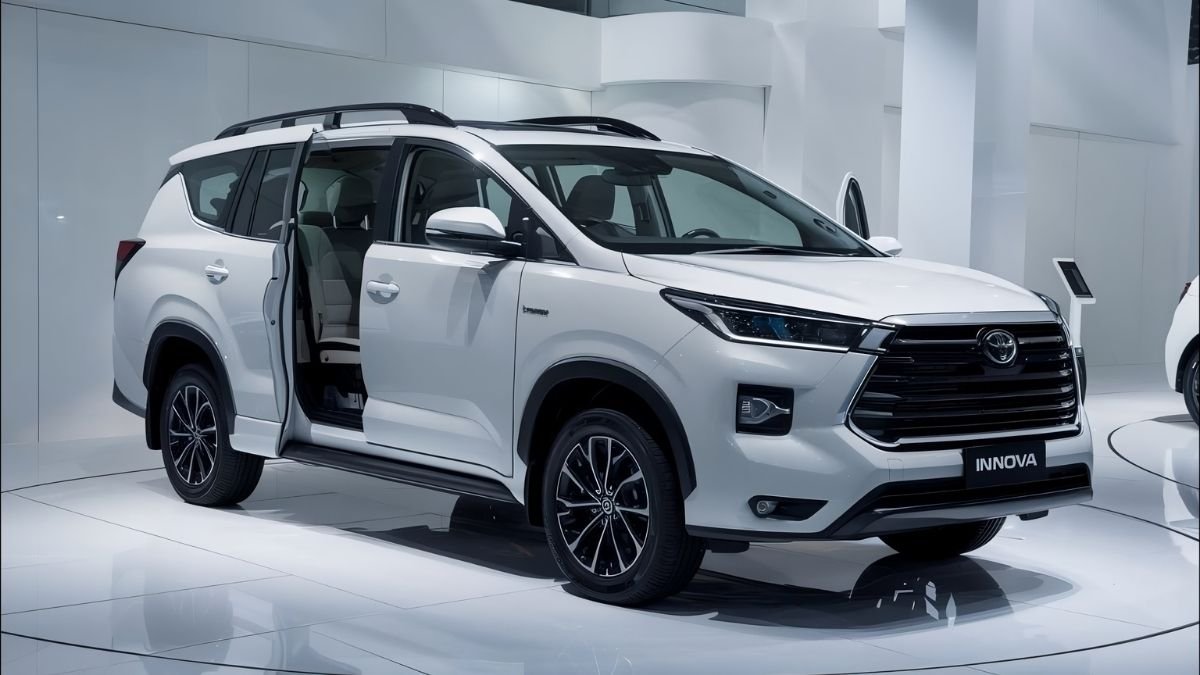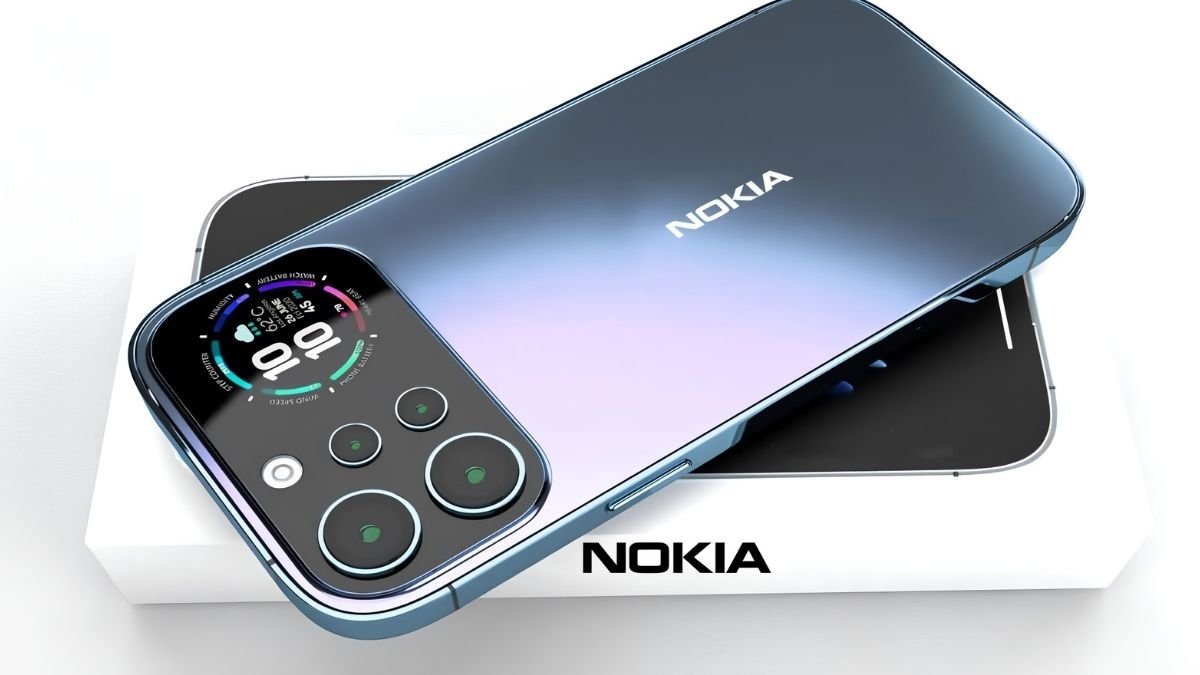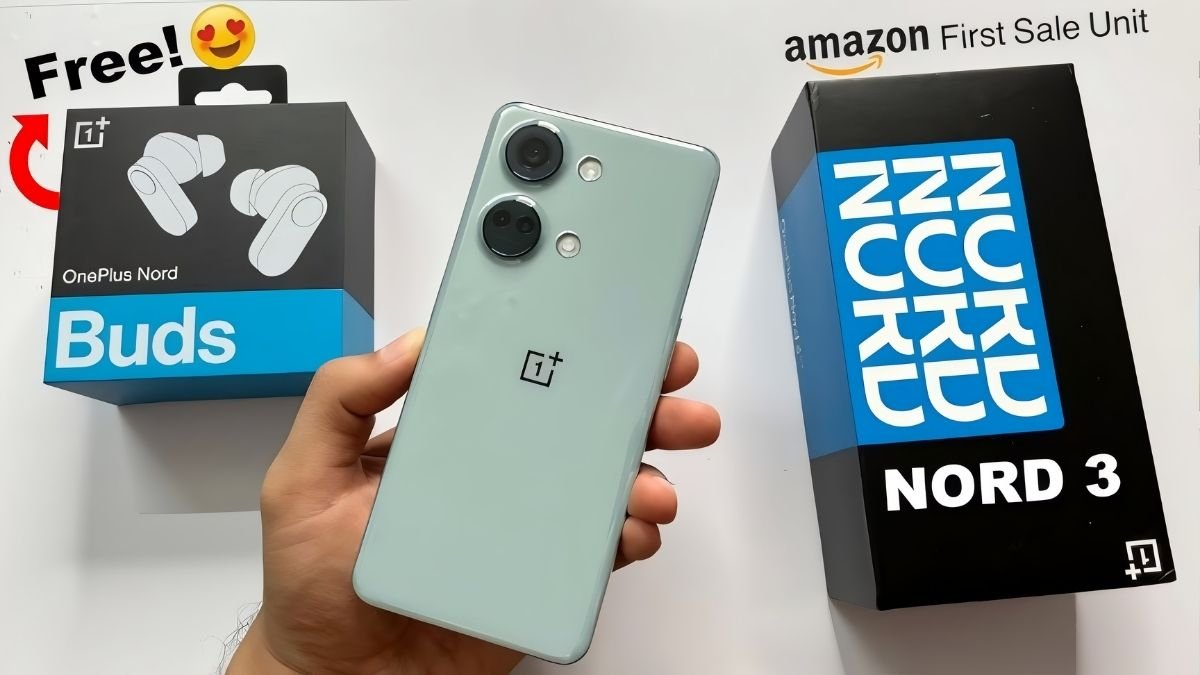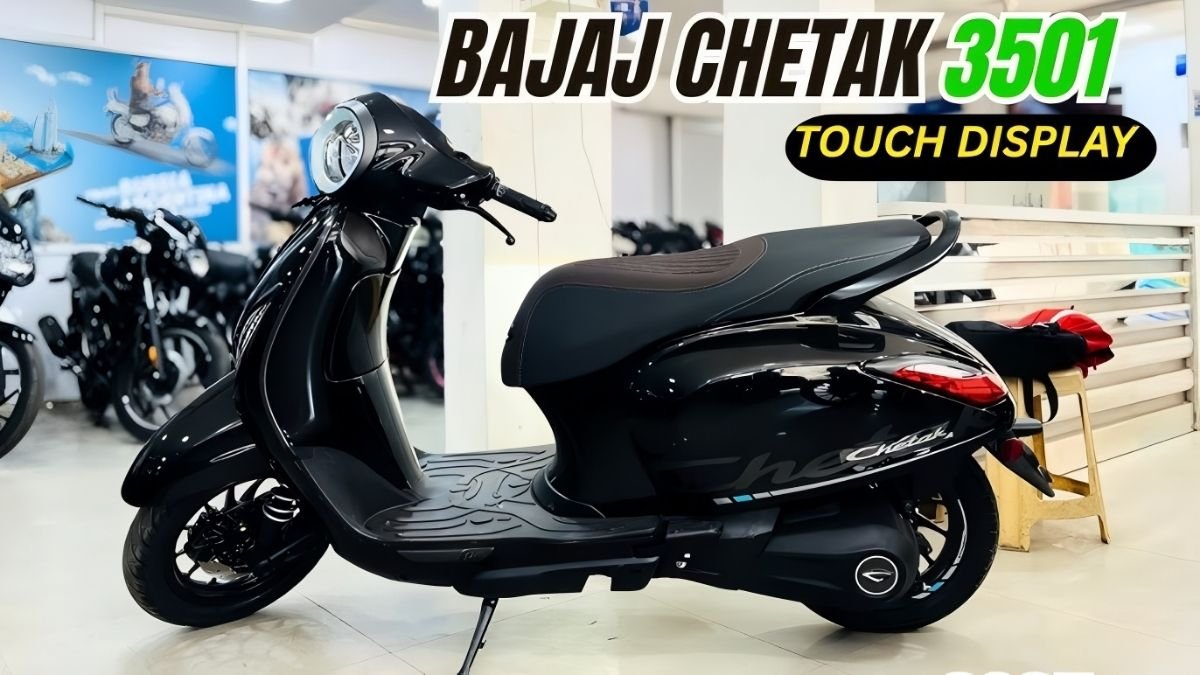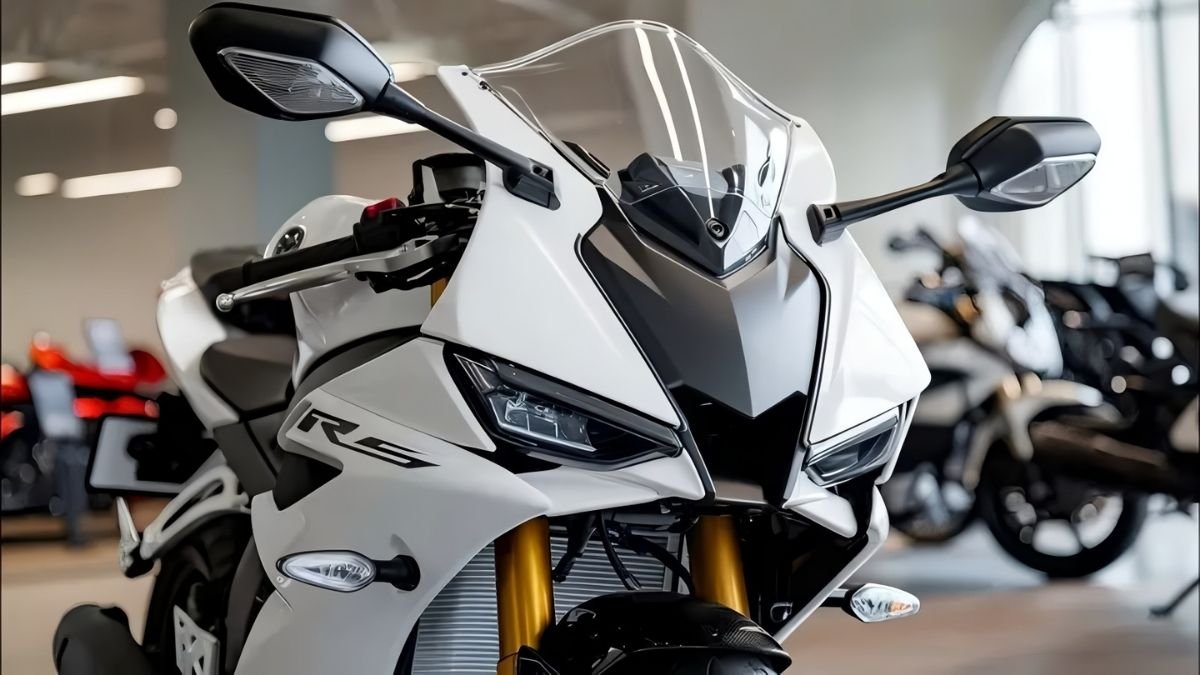Nokia 1100 – A Simple but Historic Mobile Phone
In today’s world when everyone has a smartphone in their pocket, which is loaded with high-quality camera, fast internet, social media apps and innumerable features, it feels a bit strange to think that there was a time when mobile phones were used only for making calls and sending messages.
The brightest star of that era was – Nokia 1100.
When it was launched in the year 2003, this simple-looking, small phone became the world’s best-selling mobile with sales data showing more than 25 crore units sold, which is still a record. Born after early 2000s, you must have heard that ringtone glaring from backyards or streets.
But what was there in this phone that made it so popular? Let’s know its whole story.
History of Nokia 1100 – A Simple Idea That Changed the World
Nokia 1100 was launched simultaneously in Moscow (Russia) and New Delhi (India) on 27 August 2003. This was not a coincidence, but Nokia’s vision. The company wanted to deliver mobile phones to countries where people were just getting acquainted with mobile connectivity – like India, Africa and Latin America.
The company had prepared this phone under the internal project named “Penny”. Its entire focus was on making the phone simple, user-friendly and affordable. At that time mobile phones were considered luxury, but Nokia was determined to make it available to the common man.
The biggest attraction was its price. The price of Nokia 1100 was just less than 50 dollars i.e. about 2000–2500 rupees. Such a low price made it accessible to every class. Be it village or city, this phone was everyone’s first choice.
Features of Nokia 1100 – Magic Hidden in Simplicity
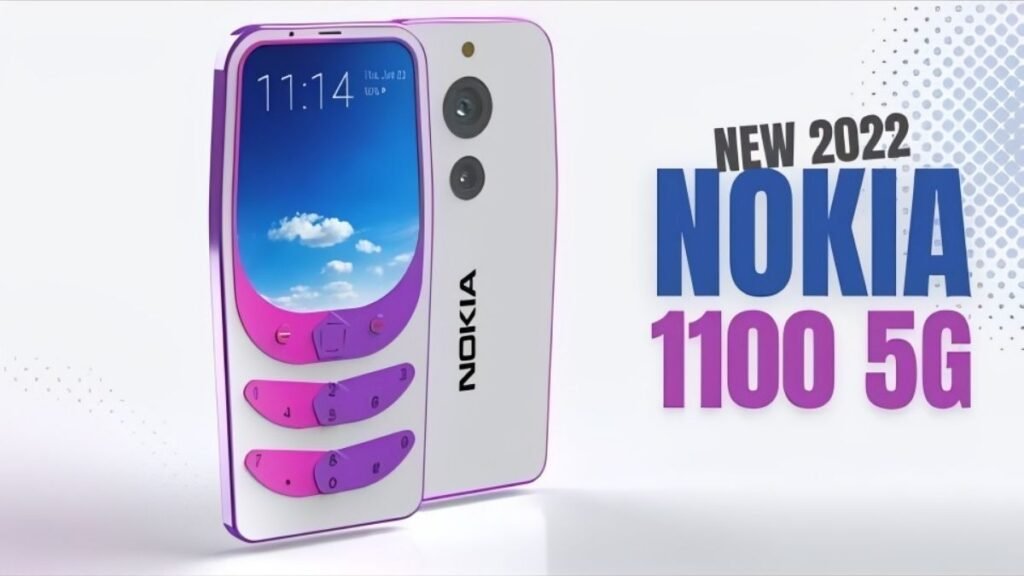
Today when we see a smartphone, we think what a phone would be like without internet, without camera and without WhatsApp. But the biggest feature of Nokia 1100 was that it had only what was most important at that time – calls and messages.
Main Features
- Monochrome display – 96 × 65 pixel screen, which was clearly visible even in sunlight.
- 850 mAh battery – so powerful that it lasted for several days on a single charge.
- Lightweight and compact – weighs only 86 grams, fits easily in the hand.
- Phonebook capacity – Facility to save about 50 contacts.
- SMS and picture message support – This was a very advanced feature for that time.
Today these things may seem basic, but in those days it was really like a revolution. Crores of people experienced mobile for the first time with this phone.
Features That Made Nokia 1100 Different
Even though this phone was simple, it had some small features that made it a favorite of the people.
- Inbuilt torch – Just press a button and the torch would light up. This feature was very useful in countries like India where there were power cuts.
- Dustproof keypad – It worked smoothly even in dusty areas.
- Games – The most popular game was “Snake II”, which people played for hours.
- Facility to change covers – Colourful covers could be changed to give the phone a new look.
- Vibration alert – This was considered an advanced feature at that time.
The interesting thing was that people would play Snake game for hours and the battery would not run out.
Battery and Durability – The Real Identity
The biggest strength of Nokia 1100 was its battery life and durability.
- 400 hours standby time – no need to charge for weeks.
- 4.5 hours talk time – this was a big deal at that time.
- Durability – The phone kept working smoothly even after falling, getting wet in water or receiving a strong shock.
People used to joke that Nokia 1100 is “immortal”. Memes were also made on social media that if anything survived on earth, it would be Nokia 1100. There are even some stories that this phone kept working even after being crushed by a car.
Sales Record – World’s Best-Selling Phone
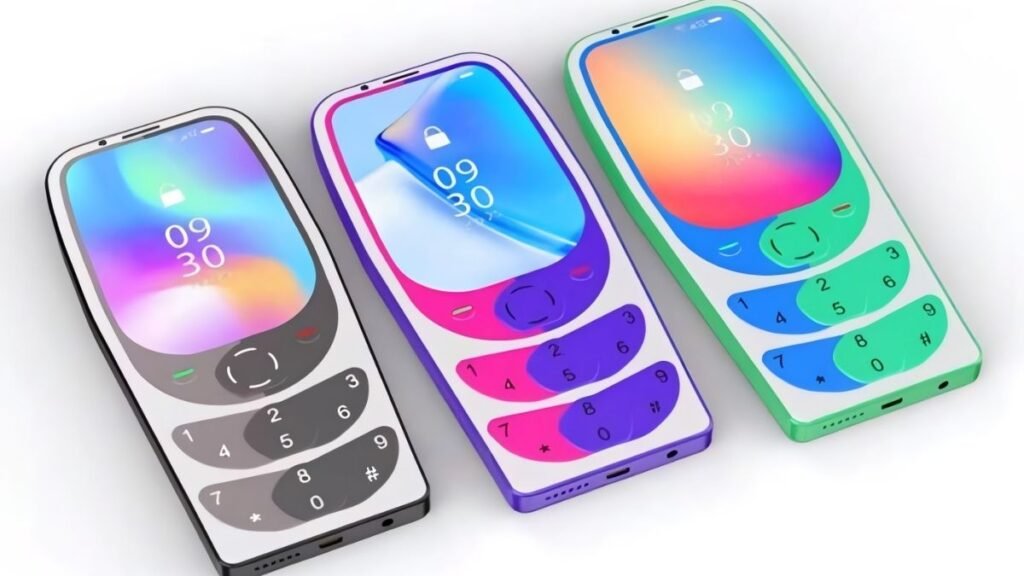
The sales of Nokia 1100 made from 2003 to 2009 surprised everyone.
- Total sales: More than 25 crore units
Just think – Apple’s most successful iPhone 6 series also sold only 22 crore units. That means Nokia 1100’s record still stands today.
Reasons Behind Its Success
- Timely launch
- Extremely affordable price
- Simplicity and robustness
- Useful features like a torch
- Trust in the Nokia brand
Cultural Impact – A Phone That Changed Lives
Nokia 1100 was not just a phone, it was the first way for millions of people to connect with the world.
- Farmers in India and Africa started getting information about market rates and weather through SMS.
- Small businessmen got the facility to contact suppliers and customers immediately.
- It became a means for families to stay connected even while being far away.
Its impact was so deep that it was also called “the poor man’s first smartphone”.
Nokia 1100’s Legacy – A Phone That Shaped the Future
Even though today is the era of smartphones, Nokia 1100 gave the mobile industry a direction that companies follow even today.
- Prioritizing battery life
- Focusing on durability
- Focusing on the essentials, not unnecessary features
- Making it extremely easy to use
- Designing according to the needs of every market
Even today, many companies take inspiration from Nokia 1100 in their feature phones.
Conclusion – A Simple Phone That Changed the World
Nokia 1100 was not a high-tech device. It had no camera, no internet and no touchscreen. But that was its biggest strength.
- It was cheap, robust and reliable.
- It brought mobile phones within the reach of the common man.
- It sold crores of phones and gave people the opportunity to take their first step into the digital world.
Today, when the price of smartphones has reached Rs 1 lakh, it feels like the real revolution was brought by Nokia 1100. This phone taught us that sometimes “less is more.”
